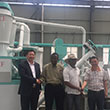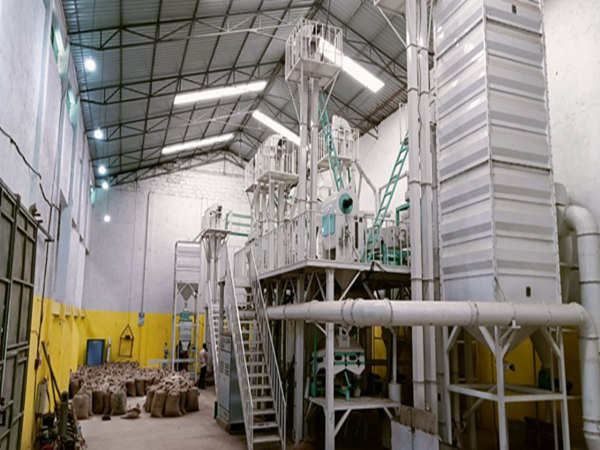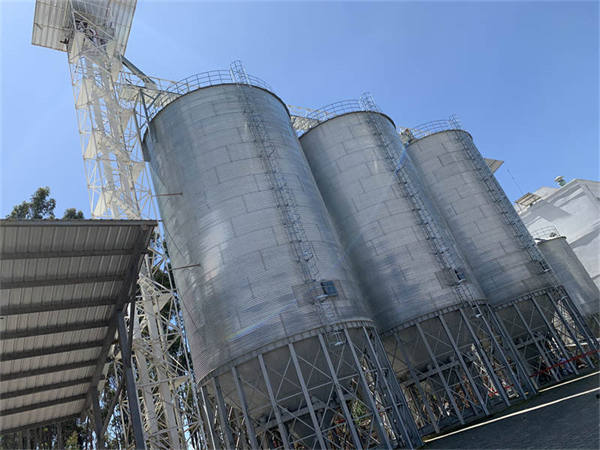How Oatmeal Products Are Made?
SynopsisOatmeal manufacture involves harvesting, washing, steaming, and hulling the oats. Standard oats are steel-cut, whereas quick-cooking oats are rolled between cylinders to produce a flatter flake. Once flaked, the oats are roasted and packaged.
How Oatmeal Products Are Made?
Oatmeal manufacture involves harvesting, washing, steaming, and hulling the oats. Standard oats are steel-cut, whereas quick-cooking oats are rolled between cylinders to produce a flatter flake. Once flaked, the oats are roasted and packaged.
Cleaning and sifting Cleaning and sifting
1 The oats are loaded onto moving trays and washed under a high-intensity water spray. Often the trays are perforated so that foreign material is discarded underneath.
Steaming
2 The cleaned oats then move to a large steamer where they are subjected to moist heat for a predetermined length of time.
Rolling or cutting Rolling or cutting
3 Standard oats are those that have been steel-cut. The oats are run through a machine with razor-sharp k
nife blades. Quick-cooking oats are rolled between cylinders to produce a flatter, lighter flake. These processes are usually repeated several times to produce the type of oat flake that is desired. In both processes, the hull is separated from the grain. Hulls are sifted out and used for other purposes.
Roasting
4 The hulled oats are then placed into a roaster where they are toasted at a preset temperature for a pre-determined amount of time.
Packaging
5 Pre-printed containers are filled with pre-measured amounts of oatmeal. A lid is vacuum-packed onto the top of the container. The containers are then loaded into cartons for shipment.
Byproducts/Waste Byproducts/Waste
The oat hulls that have been removed from the grain are often used for livestock feed and as fuel. The most common byproduct of the hulls is furfural, a liquid aldehyde (dehydrogenated alcohol) that is used as a phenolic resin or as a solvent. The list of products that contain furfural include nylon, synthetic rubber, lubricating oils, pharmaceuticals, antifreeze, charcoals, textiles, plastic bottle caps, buttons, glue, and antiseptics.
Previous:Efficient Pigeon Pea Processing Machine: Enhancing Productivity and Quality Next:Knowledge points for daily operation of millet processing machine











Leave a reply